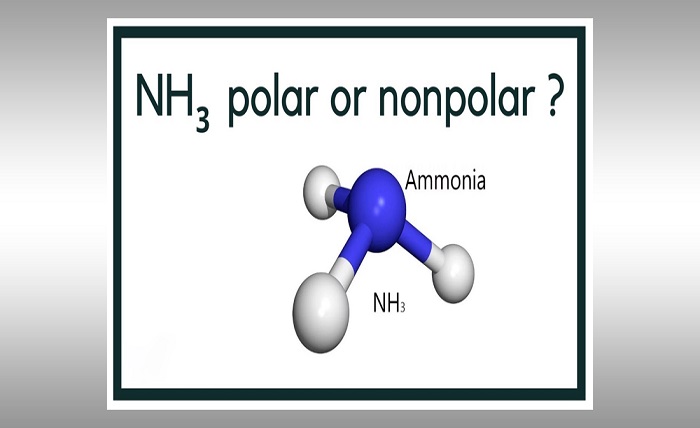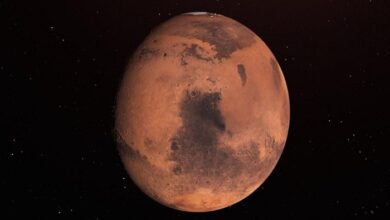Is NH3 Polar or Nonpolar? Understanding the Polarity of Ammonia Molecules

As a chemistry student or enthusiast, you may have come across the question of whether ammonia molecules are polar or nonpolar. Understanding the polarity of NH3 is crucial in comprehending its behavior in various chemical reactions and its applications in different industries. In this article, we will delve into the polarity of NH3, exploring the molecular structure of ammonia, its properties, and its applications.
Introduction: What is NH3?
Ammonia (NH3) is a colorless gas with a pungent odor that is commonly used in the production of fertilizers, cleaning products, and refrigerants. It is also an essential molecule in biochemistry and plays a crucial role in the nitrogen cycle. NH3 has a molecular weight of 17.031 g/mol and is composed of one nitrogen (N) atom and three hydrogen (H) atoms. The nitrogen atom is located in the center of the molecule, with each hydrogen atom positioned at a 107.5° angle from each other.
The Polarity of NH3: Understanding Electronegativity
To determine whether a molecule is polar or nonpolar, we must first understand electronegativity. Electronegativity is the ability of an atom to attract electrons towards itself in a covalent bond. The electronegativity of an atom is measured on the Pauling scale, which ranges from 0 to 4. The higher the electronegativity value, the greater the atom’s ability to attract electrons.
In NH3, nitrogen has a higher electronegativity value (3.04) than hydrogen (2.2). As a result, nitrogen pulls the shared electrons in the covalent bond closer to itself, creating a partial negative charge (δ-) on the nitrogen atom and a partial positive charge (δ+) on each hydrogen atom. This distribution of charge creates a dipole moment, making NH3 a polar molecule.
Properties of NH3: Solubility, Boiling Point, and Density
The polarity of NH3 affects its properties, including its solubility, boiling point, and density. NH3 is highly soluble in water, forming ammonium ions (NH4+) and hydroxide ions (OH-) through a process known as dissociation. The solubility of NH3 in water is due to the strong dipole-dipole interaction between the polar NH3 molecule and water molecules.
NH3 has a boiling point of -33.34°C and a density of 0.589 kg/m³ at 0°C. Its low boiling point is due to its weak intermolecular forces resulting from its polar nature. The weak forces require little energy to overcome, causing NH3 to boil at a low temperature. NH3 is lighter than air, making it rise in the atmosphere.
Applications of NH3: Fertilizers, Cleaning Products, and Refrigerants
NH3 is a versatile molecule used in various industries, including agriculture, cleaning, and refrigeration. It is used in the production of fertilizers, where it is converted into ammonium nitrate and other compounds that provide essential nutrients to plants. NH3 is also used in cleaning products as a powerful alkaline solution that dissolves grease and stains.
In refrigeration, NH3 is used as a refrigerant in industrial applications. It has a low environmental impact and is highly efficient in cooling large spaces. NH3 is also used as a reducing agent in the production of nitrides and other chemical compounds.
Conclusion: Understanding the Polarity of NH3
In conclusion, NH3 is a polar molecule due to the electronegativity difference between nitrogen and hydrogen atoms. Its polarity affects its properties, including its solubility, boiling point, and density. Understanding the polarity of NH3 is essential in comprehending its behavior in various chemical reactions and its applications in different industries, including agriculture, cleaning, and refrigeration.
FAQs
- Is NH3 an acid or a base?
NH3 is a base as it can donate a pair of electrons to a proton. - Why is NH3 used in refrigeration?
NH3 is used in refrigeration because of its high efficiency and low environmental impact compared to other refrigerants. - Can NH3 be dangerous?
NH3 can be dangerous when it is inhaled in large quantities as it can cause severe respiratory problems. - How is NH3 used in the production of fertilizers?
NH3 is converted into ammonium nitrate and other compounds that provide essential nutrients to plants. - What is the molecular structure of NH3?
NH3 is composed of one nitrogen (N) atom and three hydrogen (H) atoms, with the nitrogen atom located in the center of the molecule and each hydrogen atom positioned at a 107.5° angle from each other.





